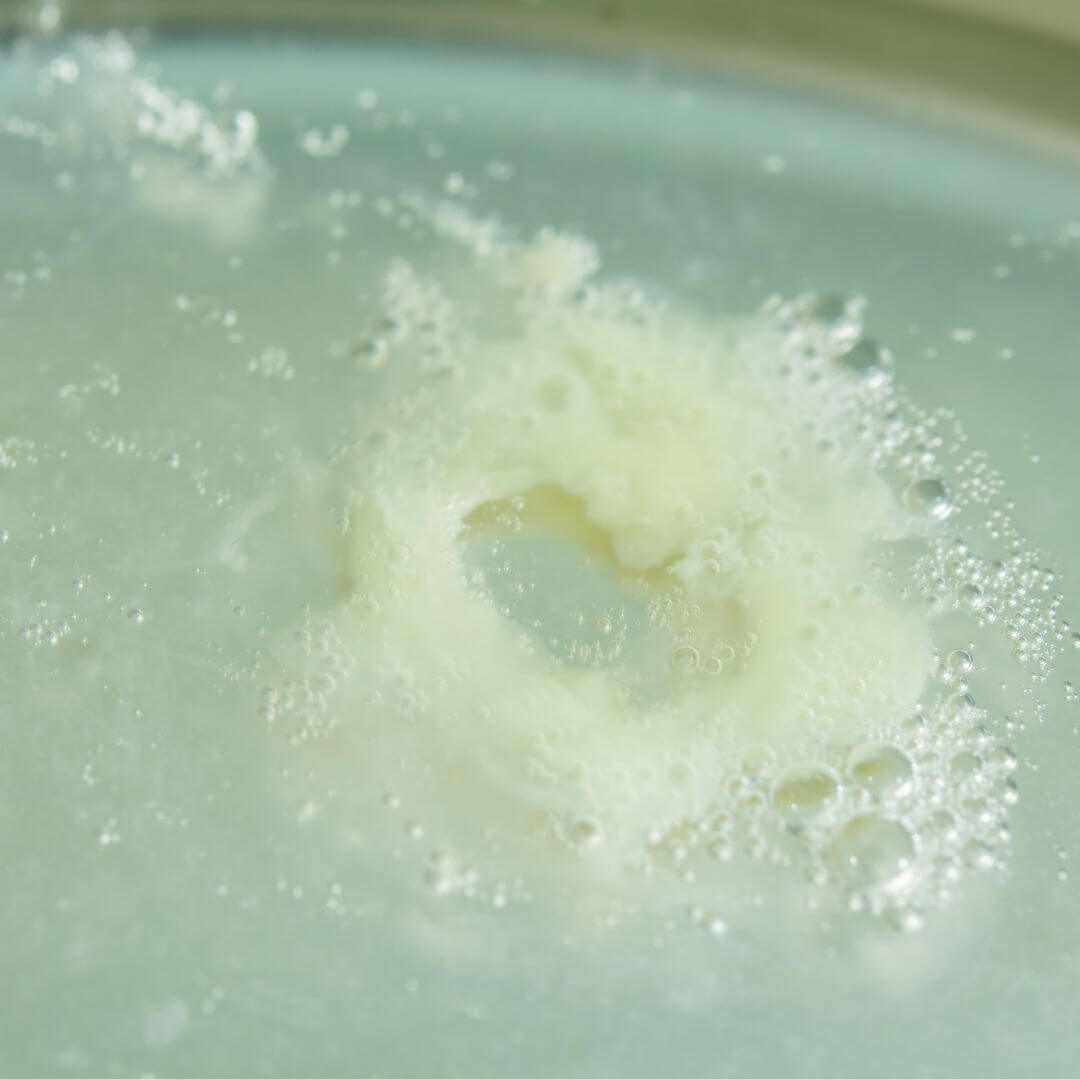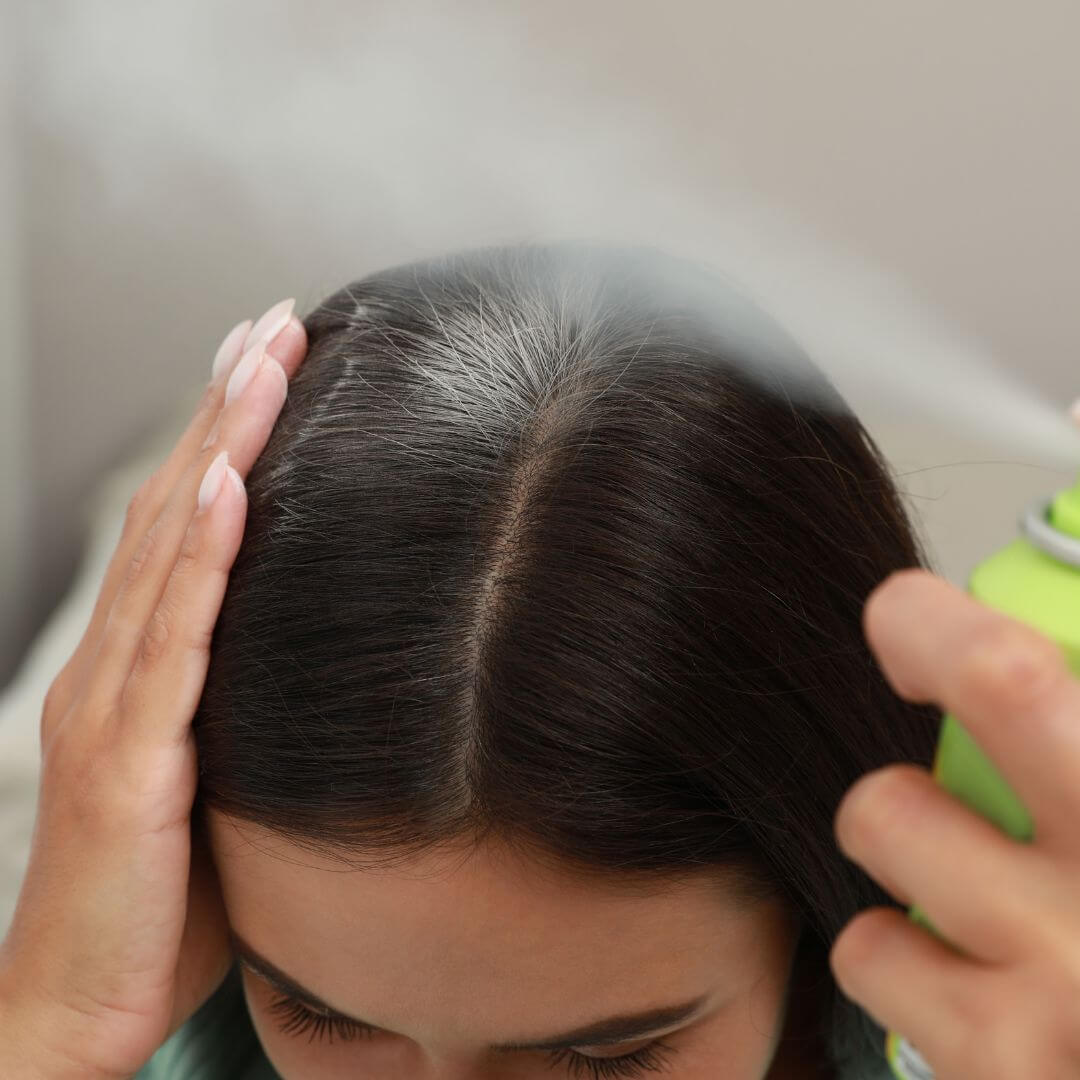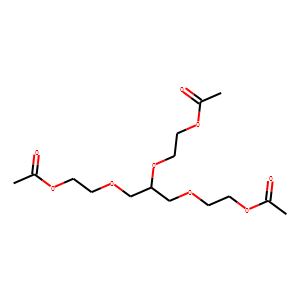Is Hexylene Glycol safe? Let's look at the available data.
Hexylene glycol, also known as 1,2-hexylene glycol and 2-Methyl-2,4-pentanediol, is a chemical relative to the more-known propylene glycol. It's a clear viscous liquid used as a humectant, filler, viscosity decreasing agent, and conditioning agent. It's also used in petroleum refining, a component of hydraulic fluids, a solvent for inks, a humectant in glues, a filler in cleaning products, a processing aid in paper, a solvent in leather treatments, and as a cement additive.
How is it made?
It's made by a condensation reaction of acetone which leads to the formation of diacetone alcohol (DAA). DAA is then hydrogenated to 2-methyl-2,4-pentanediol (aka hexylene glycol). It's estimated that between 10 and 50 million pounds of hexylene glycol are produced every year in the United States.
What are its risks?
- Hexylene glycol is a known skin and eye irritant that is corrosive to these tissues. (Source)(Source)
- Hexylene glycol is a penetration enhancer, meaning that it has the ability to cross the skin's barrier and also bring other chemicals in to the body. (Source)
- While it's considered to have a low acute toxicity (ie it doesn't make you sick or immediately kill you upon ingestion) it is broken down in the body through oxidation, a process that releases free radicals. (Source)
- One study found it to be less irritating than propylene glycol, but noted that delayed reactions can occur. (Source)
- Animals fed or injected with very high amounts of hexylene glycol showed some kidney damage markers. (Source)
Bottom line:
While hexylene glycol isn't acutely toxic, it certainly isn't a beneficial ingredient that would nourish or benefit the body in any way, and only creates free radical damage as its absorbed in the body and broken down.





